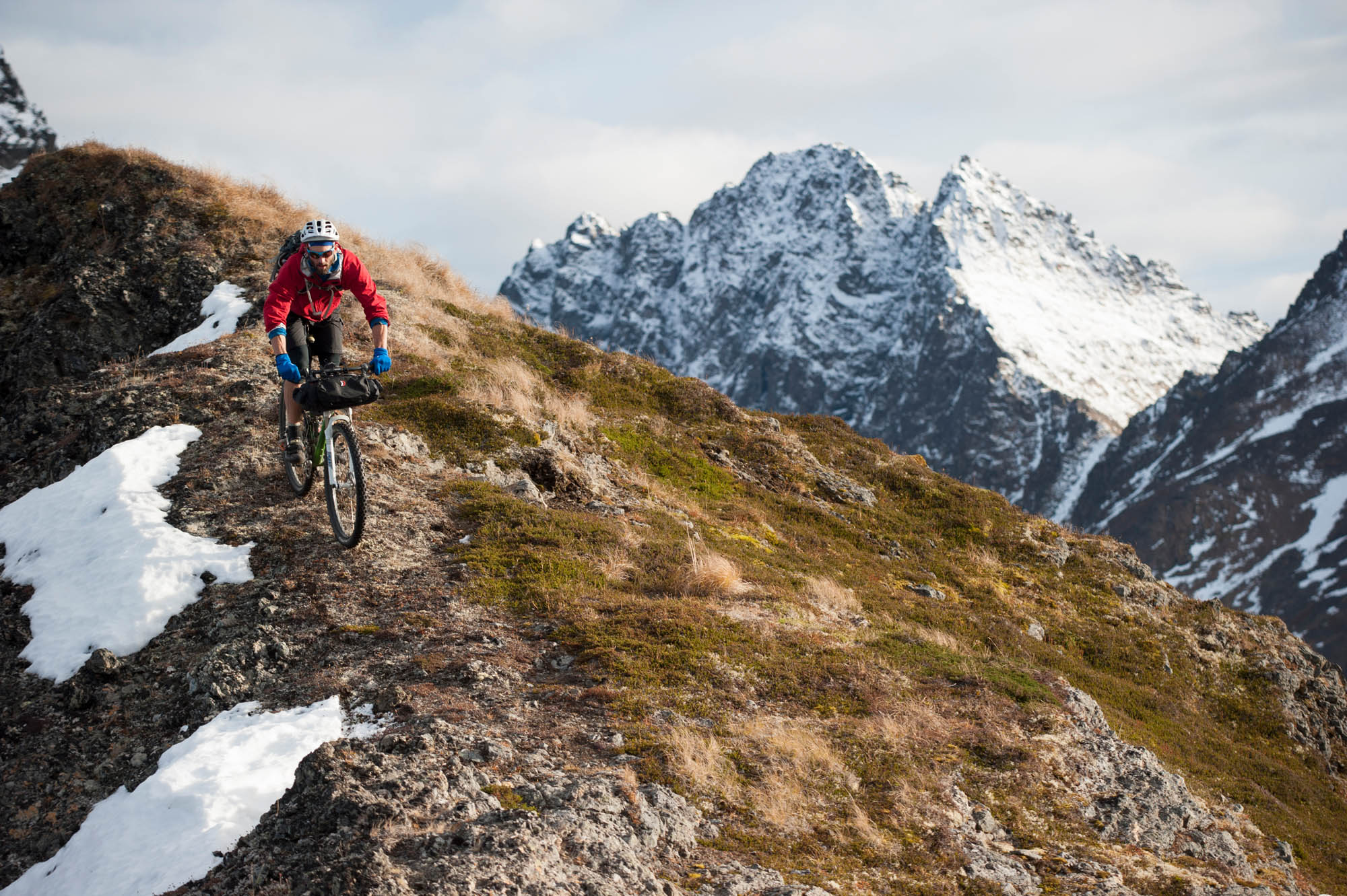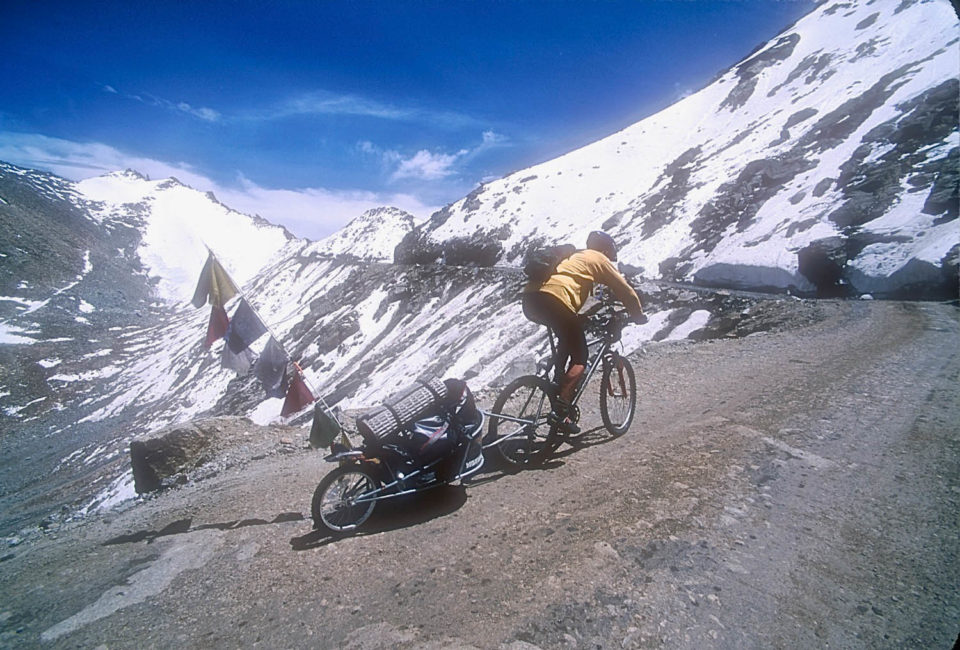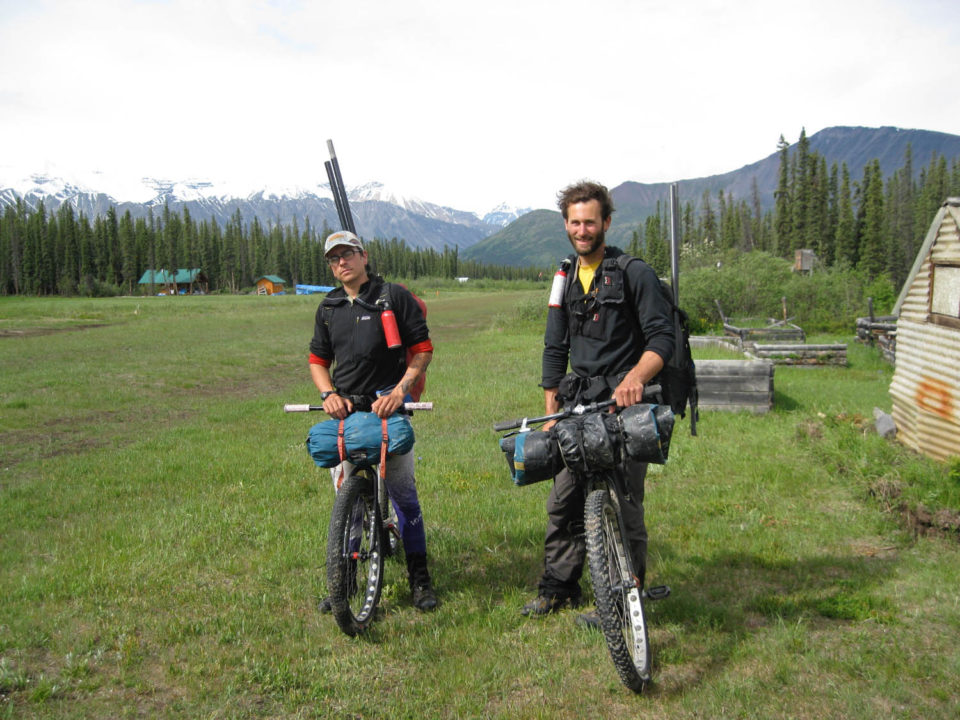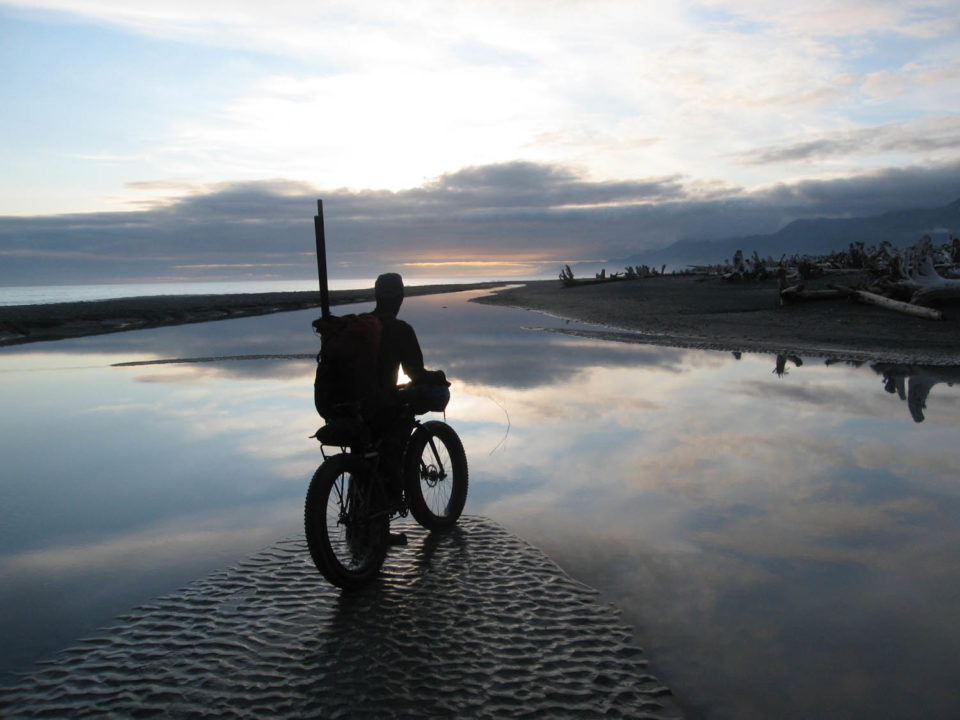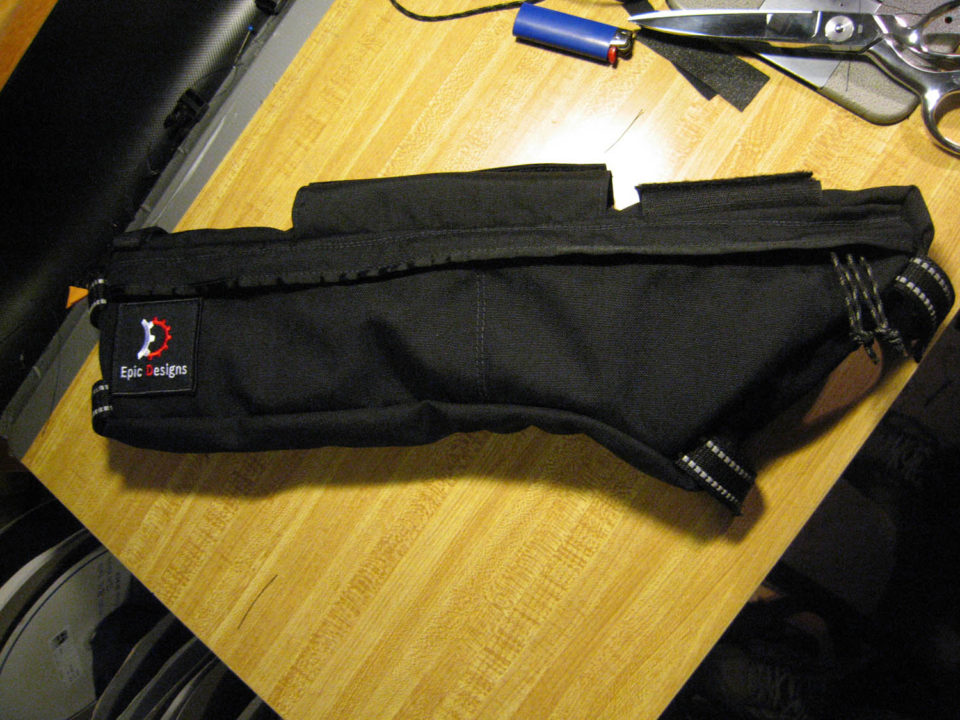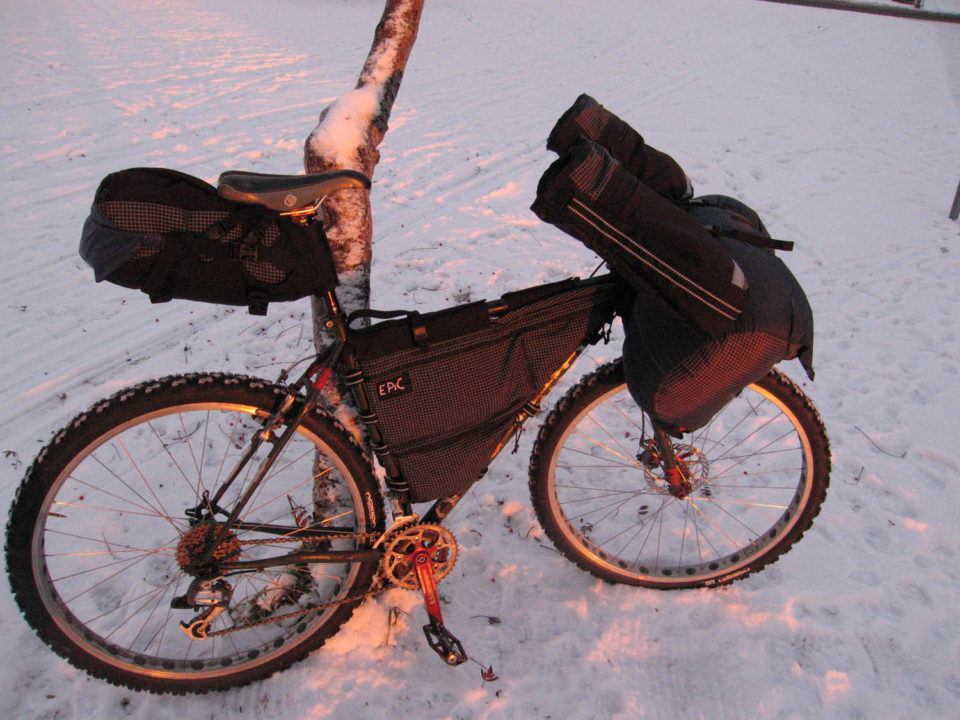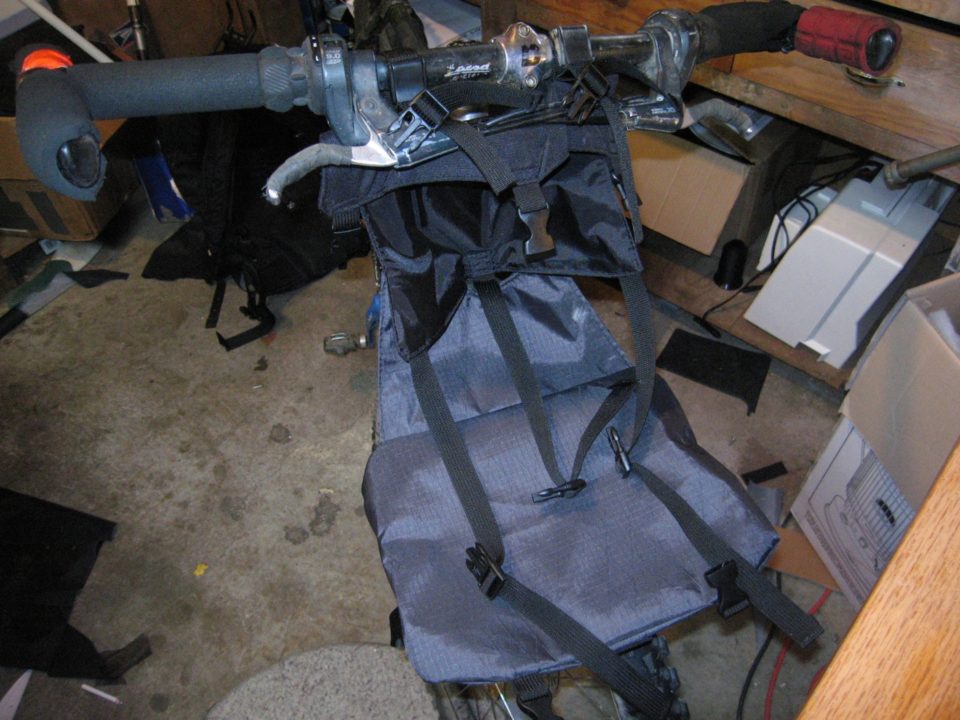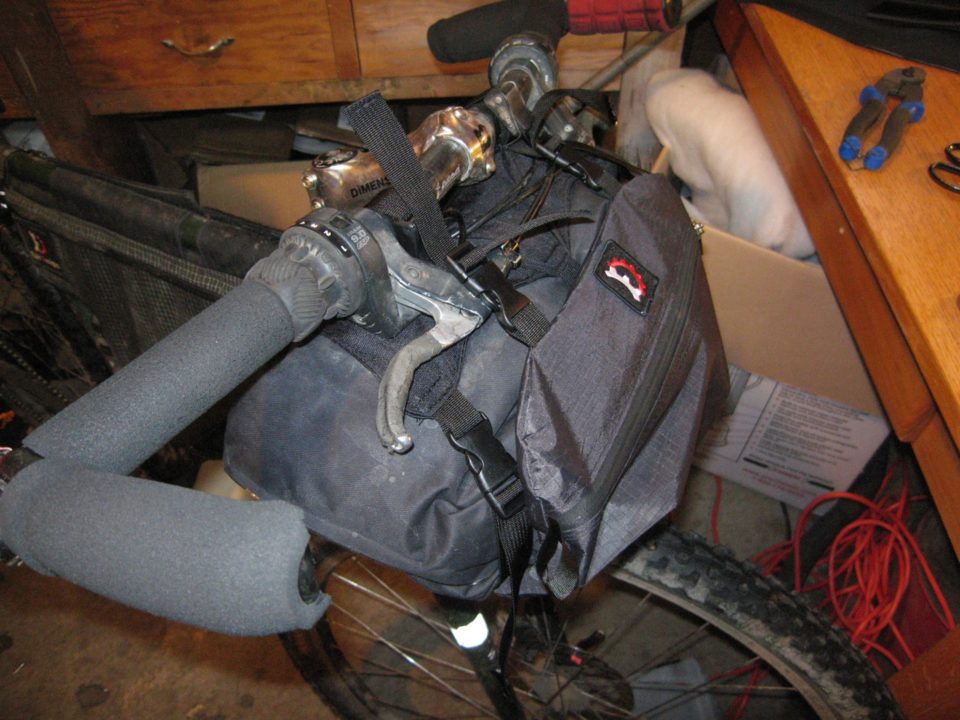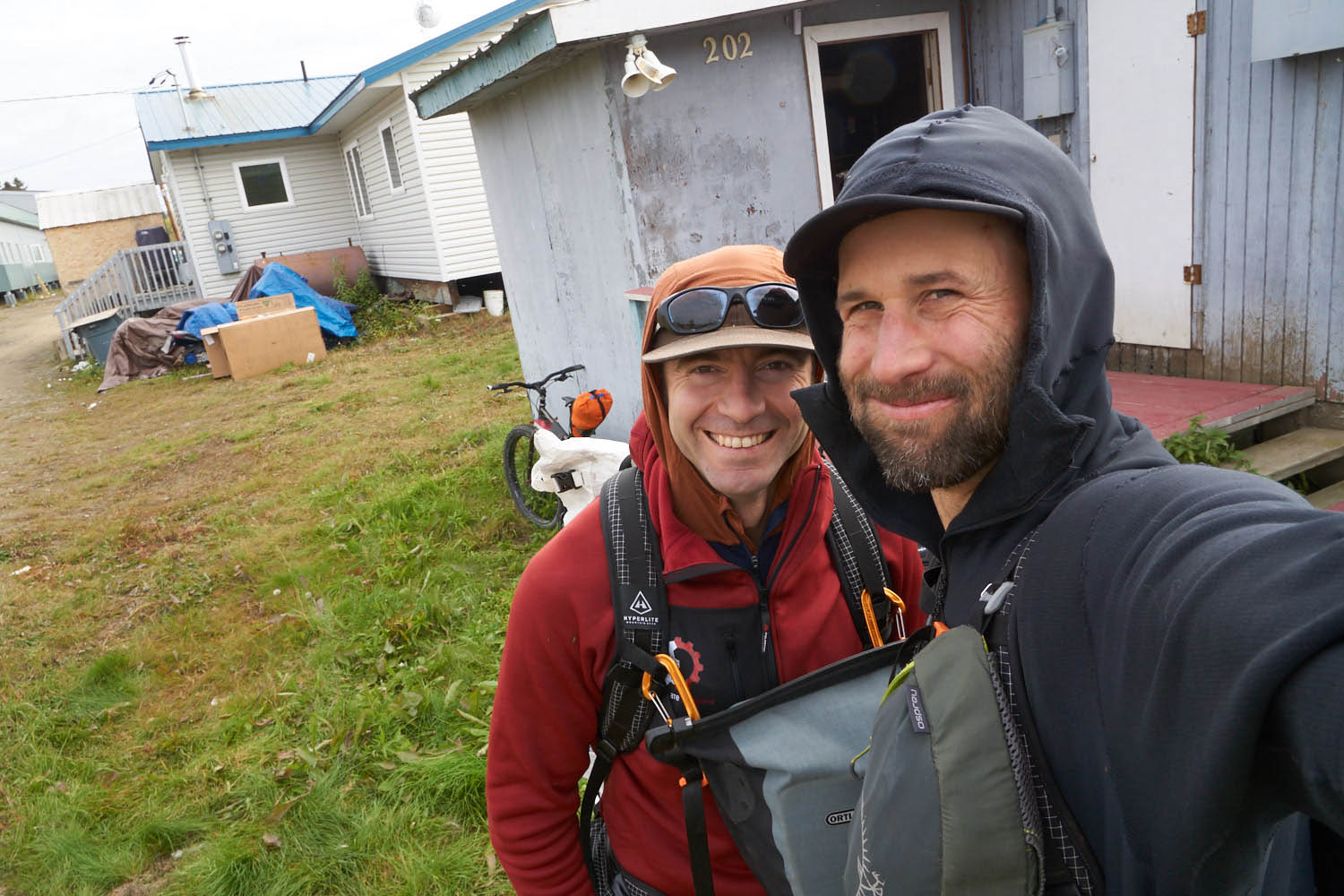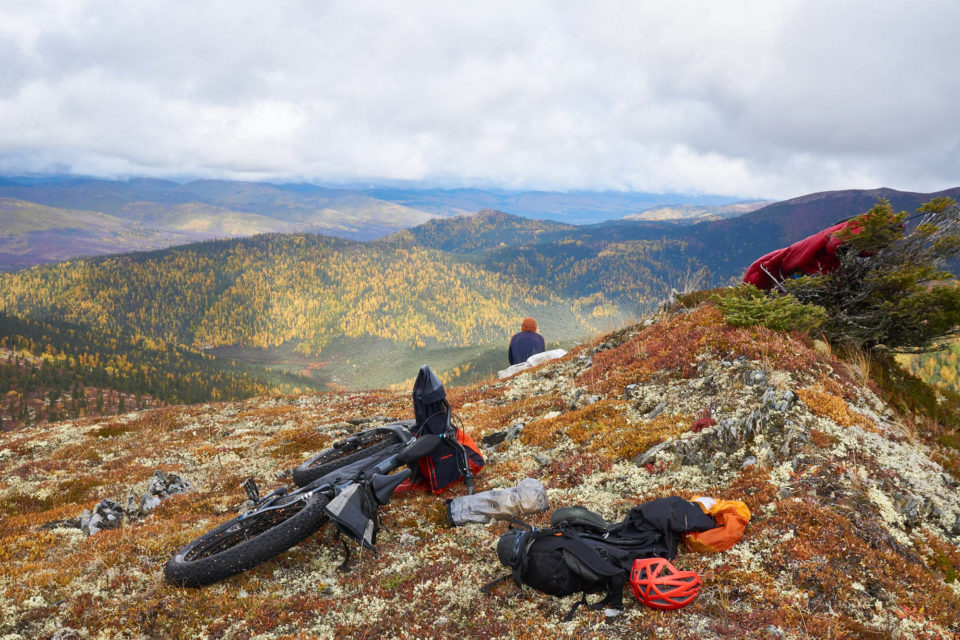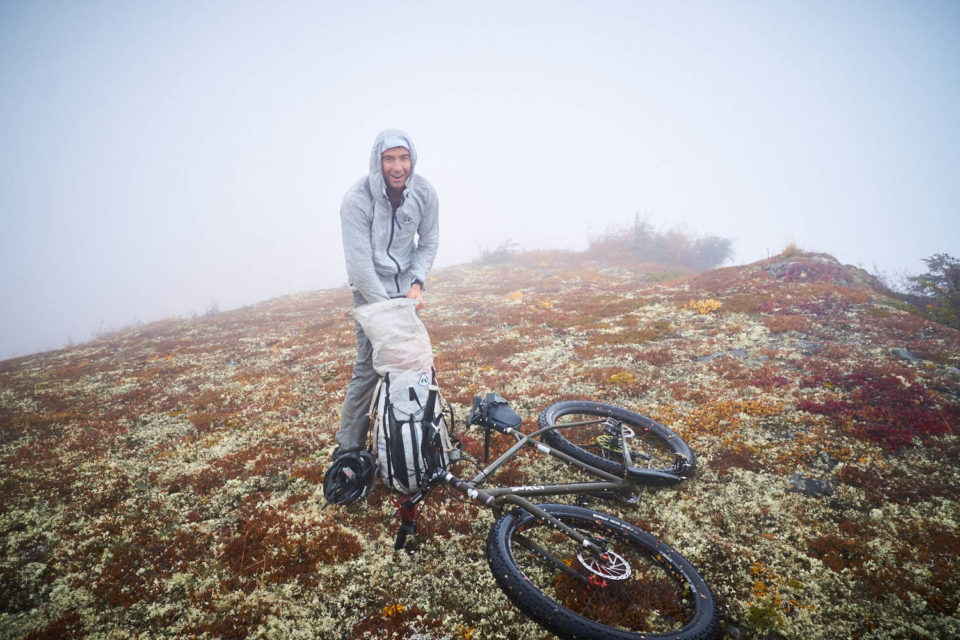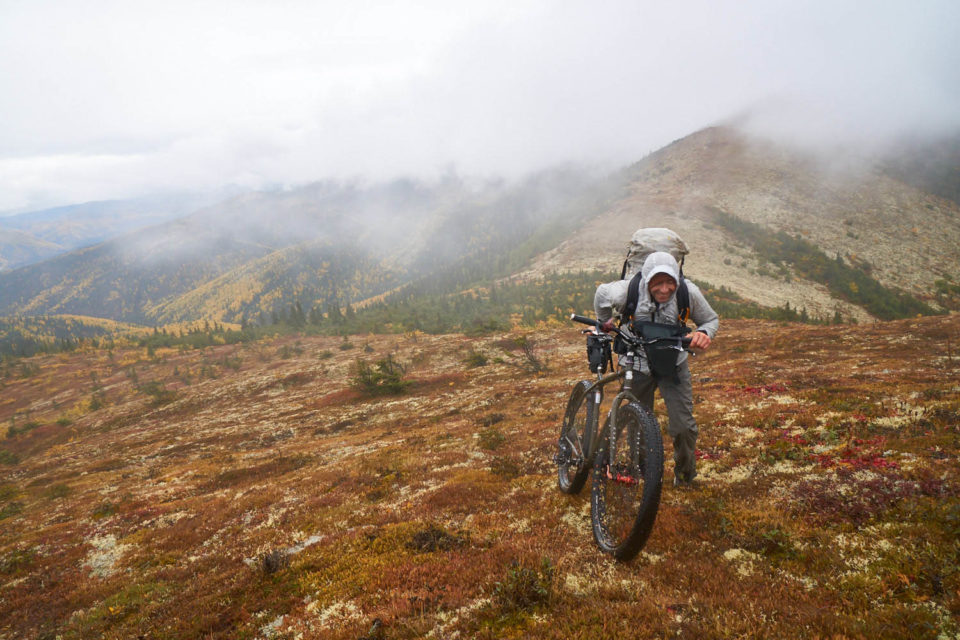10 Years of Revelate Designs: A Q&A With Eric Parsons
Share This
Revelate Designs officially turns 10 years old today. To commemorate this milestone, we asked founder Eric Parsons to dredge up some photos from the past, and to answer a few questions about the history and future of bikepacking…
Today, October 24th, marks exactly 10 years since Eric Parsons started Revelate Designs, one of the first companies to make bags and gear specifically for bikepacking. To celebrate its anniversary, Revelate will be posting a few articles this week, and also launching some new gear. We thought this would be a great opportunity to ask Eric a few questions about the history of the company, what inspired him to start making gear, and where he sees it all going…
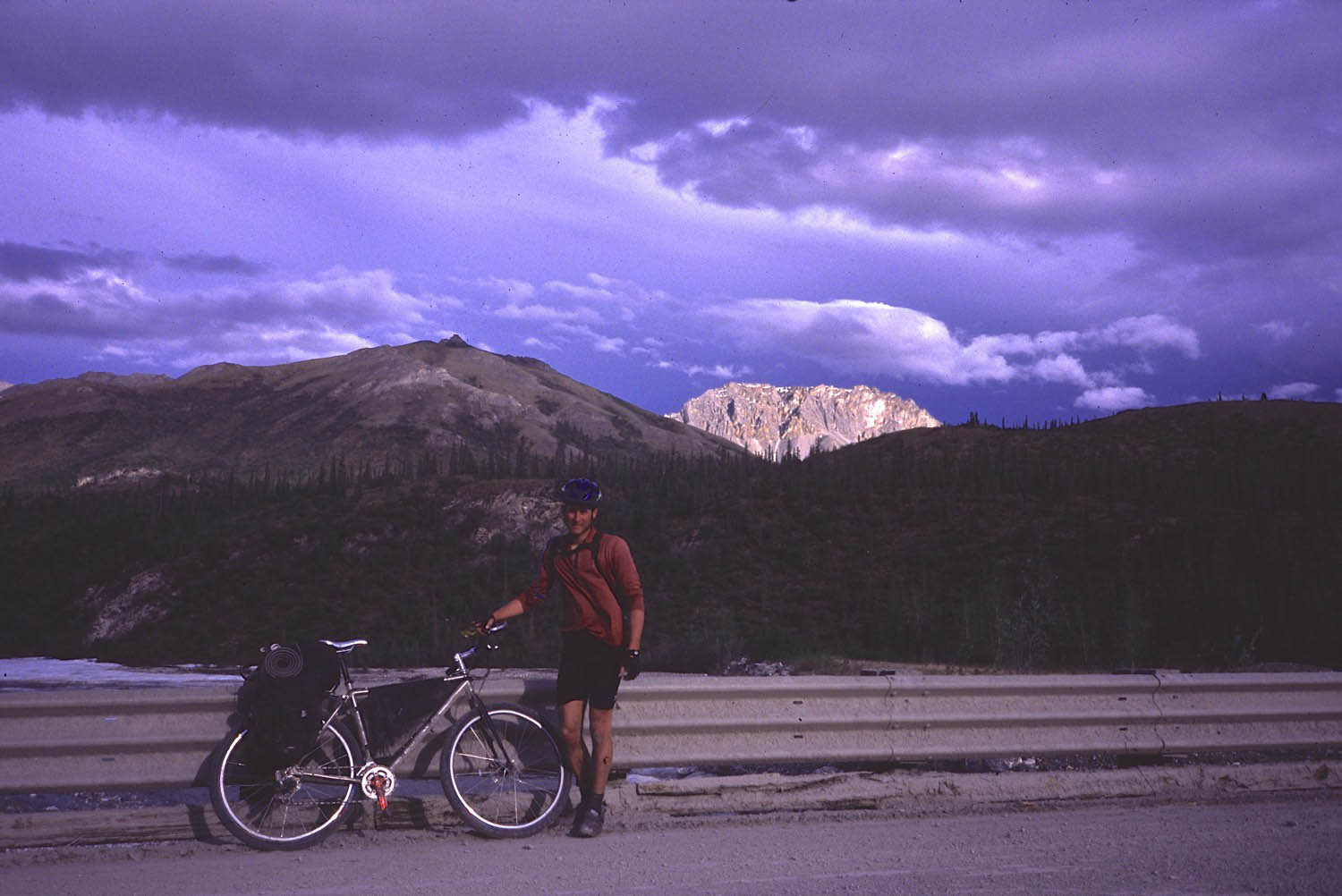
First of all, congratulations on celebrating your 10th anniversary. When did you first start bikepacking, and what drew you to it?
Thanks! To really answer this I have to go back my beginnings as a rider. I started mountain biking the early 90s when I was in high school. I raced a bunch through college, but was never all that fast at it. I always enjoyed long trail rides and exploring better than trying to go really fast, so my training rides were usually long benders. I was living in Colorado at the time and endurance races like 100-milers and 24-hour races were getting popular, so I got into those. There used to be an event in Colorado called Montezuma’s Revenge that I did a few times and really connected with, both the people doing it and its style. You’d ride different loops all day and night and carry your bike over 14ers by headlamp. There was no end to it, the person who made it the farthest won. It was brutal, crazy, and a wild time. It was really one of the first backcountry ultra endurance events that pre-dated current ultra mountain biking.
Anyway, at some point my friend Dan Bailey and I were driving back from a day of climbing in the peaks around Estes Park and we were tossing around some big trip ideas. Dan had read about this road in the Indian Himalaya that some people had motorcycle toured. It went over some of the highest motorable passes in the world. Of course, it sounded great to me, and we went for it. It was the first bike tour either of us had been on. It was a totally amazing trip, but we towed trailers, which, as touring rookies, were heavier than they should have been. I remember looking at all these amazing looking side roads thinking how awesome it would be to take off down them, but knew we couldn’t with how laden and awkward our loads were. Later on, I broke the main tube of my trailer and tried having a guy at an army camp weld it back together. That failed, too, and I switched to hose clamps and a carabiner to bridge the break. I came back from that trip with eyes wide open to the world of touring and what I’d do differently next time.
Three months later I was on a flight to Santiago, Chile, with my bike for a tour through Patagonia. I’d met a friend through Montezuma’s Revenge who had done the Iditasport races in Alaska. I’d seen a frame bag on his bike that his mom has sewn him for the far north. I knew I needed to try it, so I recruited a friend in Fort Collins to sew me my first frame bag for the trip. I had also cobbled together a collection of compression sacks and other bags that I strapped to a rack, forming small panniers on my mountain bike. Off I went for two months in Patagonia. That was 2001 and it was my first bikepacking setup.

What’s your background, and what inspired you to start making bags and gear before there was such a thing?
I’ve always been a tinkerer and builder and fixer of things. I got a degree in Civil Engineering and was eventually professionally licensed. I enjoyed some parts of that path, and it’s what brought me to Alaska. I got to work and travel to some remote places in the state. What wore on me, however, was the big disconnect between when you would work and design something, to physically seeing it getting built and feeling the gratification in that. Civil projects are usually expensive, need to get permitted, and can even be political. Many times, it’s very “on paper,” as you can’t exactly go home and get your D-7 bulldozer and steel beams out to see if and see if a concept works. I didn’t know it at the time, but I was really craving something more hands on.
I started sewing for fun and to make my own gear that fit and worked exactly the way I wanted it to. Mostly, I just loved how quickly you could have an idea and try to build it, which was the opposite of my day job. In 2005, I started making my own clothing, backpacks, etc., then eventually bike frame bags. I’d daydream at work about the sequence of seams and the 3D layout of patterns. I’d go home every day and flesh out ideas and spend a ton of time making rudimentary pieces of gear, but in the process I taught myself how to sew and make patterns.
Tell us about some of the first bags you made.
One of the first bags that stands out is a mid-sized backpack that became my mainstay adventure pack for many years. I built it as a ski and packrafting pack, and it had side compression straps and a beavertail sleeve. I loved it and it went with me on all my early hell bike trips (including both Lost Coast rides) and on many packrafting adventures.
For bike bags, my first was what became the original Tangle. I modeled it after one Mike Curiak had made for one of his early Great Divide time trials. It went on my Karate Monkey that I took on my second South America trip in 2005, when I went from Ecuador to Bolivia. For that trip I also modified some drybags to use as front panniers and some other little bits to dial in my setup.
Up inn Alaska, there was a big void and need for better carrying systems for the winter races on snowmachine trails. At the time, these were the Susitna 100 and the big daddy, the Alaska Ultra Sport 350 & 1000. These events had been going on for a long time but were just starting to see some advancements in bikes. A lot has been written on the evolution of fatbikes, so I won’t go into that. But, as far as gear carry goes, people just had to be creative with what was out there, and basically strap a bunch of stuff to their bikes. An Alaska-based company, Wildfire Fatbikes, was having full size frame bags made for them at the time that were functional but very basic. I saw a big opportunity for more technical, purpose-built bags for these events, and that’s what got the business going.
One day, I decided to “time trial” building a frame bag for my friend Becky. I think it took me around four hours and I rationalized that it was reasonable enough to start building them for other people to try to make money. I took out a classified ad on MTBR.com and word quickly got out both locally and in the Midwest, home of the Arrowhead 135 winter race, and things really took off fast.
As one of the earliest bag manufacturers, could you ever have imagined the journey that’s taken you from where you were then (in a garage) to where you are now, manufacturing in multiple locations and shipping all over the world? How’s the ride been?!
No way! I started without a plan or any long term vision. I was just trying to build and provide gear for people doing amazing things things on bikes. That’s what’s motivated me all along, and in many ways got Revelate to where it is now. In the early days, and even still now, there was a lot of attention grabbing in trying to build the flashiest custom bags. It ended up being a ton of work to make a small number of people happy. That’s why I stopped taking all custom orders to focus solely focus on building lines of products that were production-ready and widely available.
It all happened very organically, learning and making the connections as we went. We were very lucky, though, in that many of the things I viewed as “problems” were actually good problems in a business sense. The main one being that demand was always so strong for what we built. We had many steps and growing pains along the way as we figured out how to scale. Being based in Alaska had a whole additional set of unique challenges. At the end of the day, I’m always just very grateful to the support we’ve gotten from customers along the way.
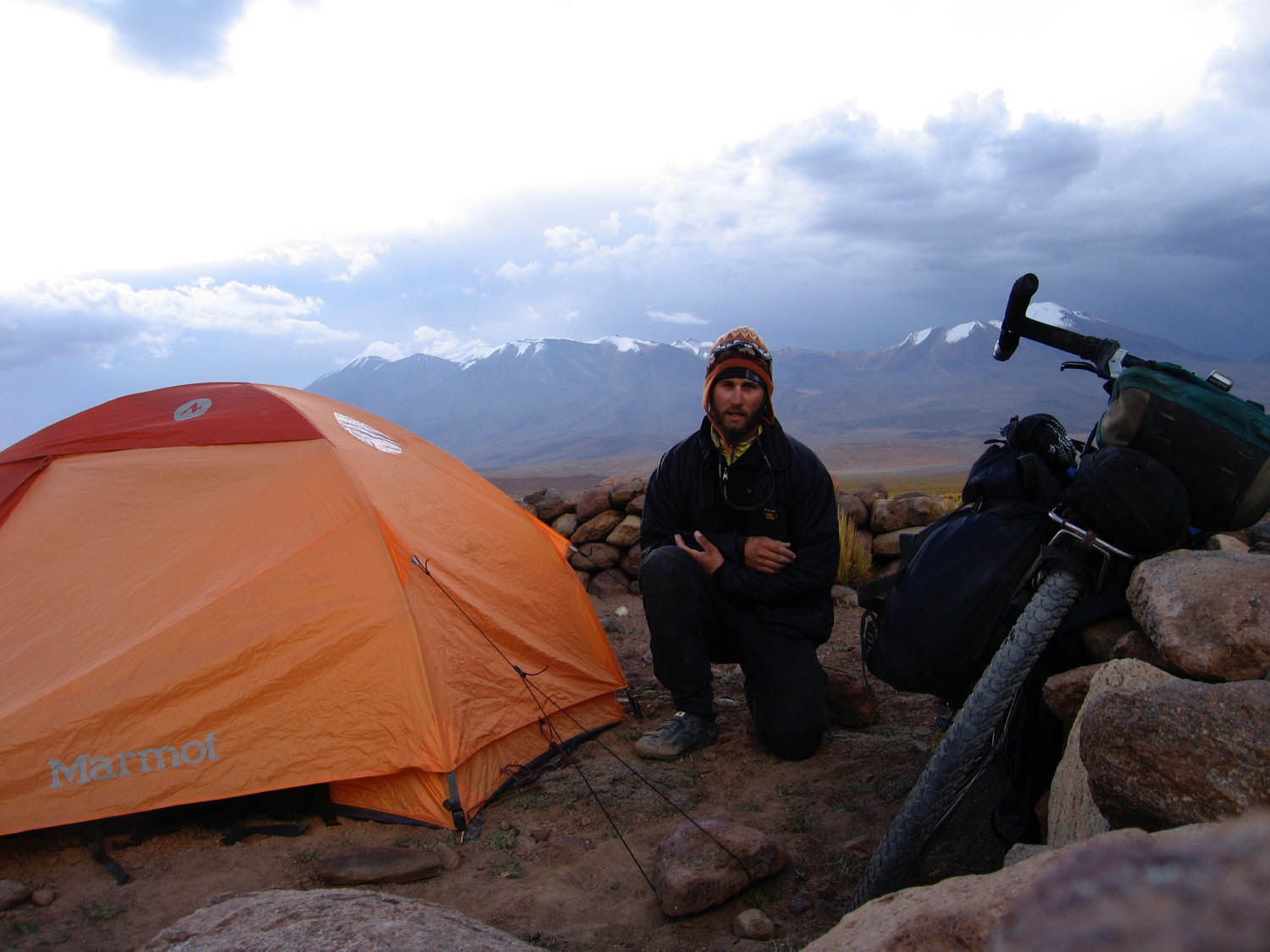
The names of some of your products are inspired by your travels in South America. Tell us about them and how they influenced the early bags you made.
The most infamous is the Viscacha seat bag. It’s likely the worst product name ever as nobody can pronounce it right or knows what it is. But, to me ,it’s absolutely hilarious and comes from the core of what we’re about. On my second trip to Bolivia in 2009, my then-girlfriend Julie and I were biking this old tin mining road at 15,000 feet in the Quisma Cruz range, south of La Paz. We had a handdrawn map and really didn’t know what was in store for us. We had already gone over two high passes that day and waited out a snow squall. Somewhere along the way we picked up a big black dog that was friendly, and it plodded along with us over these passes. We were pretty fried, it was late in the day, and the road made a big turn below tall, serrated peaks with a glacial wind coming down through a stark, abandoned settlement. As we rounded the turn past the ruins of the mining camp we saw hundreds of these these animals that looked like gigantic, fat rabbits. The dog broke into a sprint and stared chasing them all over the place, a blur of flappy ears and fat rodents bounding among crumbling ruins. Julie and I shared a hypoxic laugh and continued up toward the third and final pass of the day. At the end of the trip, we googled “giant Andean rabbit” and found out they were, in fact, the endearing Mountain Viscachas.
When and where was the first time you heard the term “bikepacking?”
It was after I started making gear. I believe it was from Scott Morris, shortly after that he launched the website, bikepacking.net. It was the first place people could really geek out and share stories, routes, and gear notes.
Revelate Designs has a lot of firsts. If I’m not mistaken, you made the first handlebar roll, first top tube bag, and so forth. What are some other firsts?
Yes, we came up with the concept of the handlebar roll with a removable front pocket. I used to rig the lid of an old Dana Designs Bomb pack as a quick access handlebar bag, so the removable pocket concept came from that. We also started the “Harness” concept of handlebar bags, which I initially developed to hold big winter sleeping bags.
We also had the first production half frame bags, the Tangles, in 2010. Those were always a goal of mine as they are amazingly useful and were one of the first bike bags I ever made.
A woman named Christa Olsen had the original idea of the Mountain Feedbag, which was the first fast-access stem bag of its kind. I loved how well it integrated with our bags, so we got in touch with her. I later bought her business to bring the Mountain Feedbag under Revelate, rather than just copy it, which has become commonplace these days. We’ve improved and refined the concept over the years and it really remains a category-defining bag in my mind.
We were the first to offer waterproof seat and handlebar bags. We invested in a hot air seam sealing machine in 2013 and made the first waterproof Sweetrolls and drybags for the first generation Terrapin. The Terrapin was also the first seat bag of its kind that used a removable waterproof drybag.
As we made more production frame bags, we were seeing a lot of durability issues with coil water resistant zippers. We really started getting a bad rap about it, but the ironic thing was they were the same zippers that all the other bag makers were using, too, we just had many more of them out there in use. So, I traveled to industry events and eventually spent a year sourcing and testing what’s now the Zip Stretch system found on all our frame bags. It’s a beefy, water-resistant molded tooth zipper mated with our first custom made fabric, a stretch woven blend with a flexible waterproof backing. This was a massive improvement in our frame bags, and made them truly expedition proof. We recently visited with a rider in our shop who has been using a Ranger frame bag daily on a two-year, backroad journey from Ushiaia up to Anchorage, and the zipper still works like new. So, we mean it!
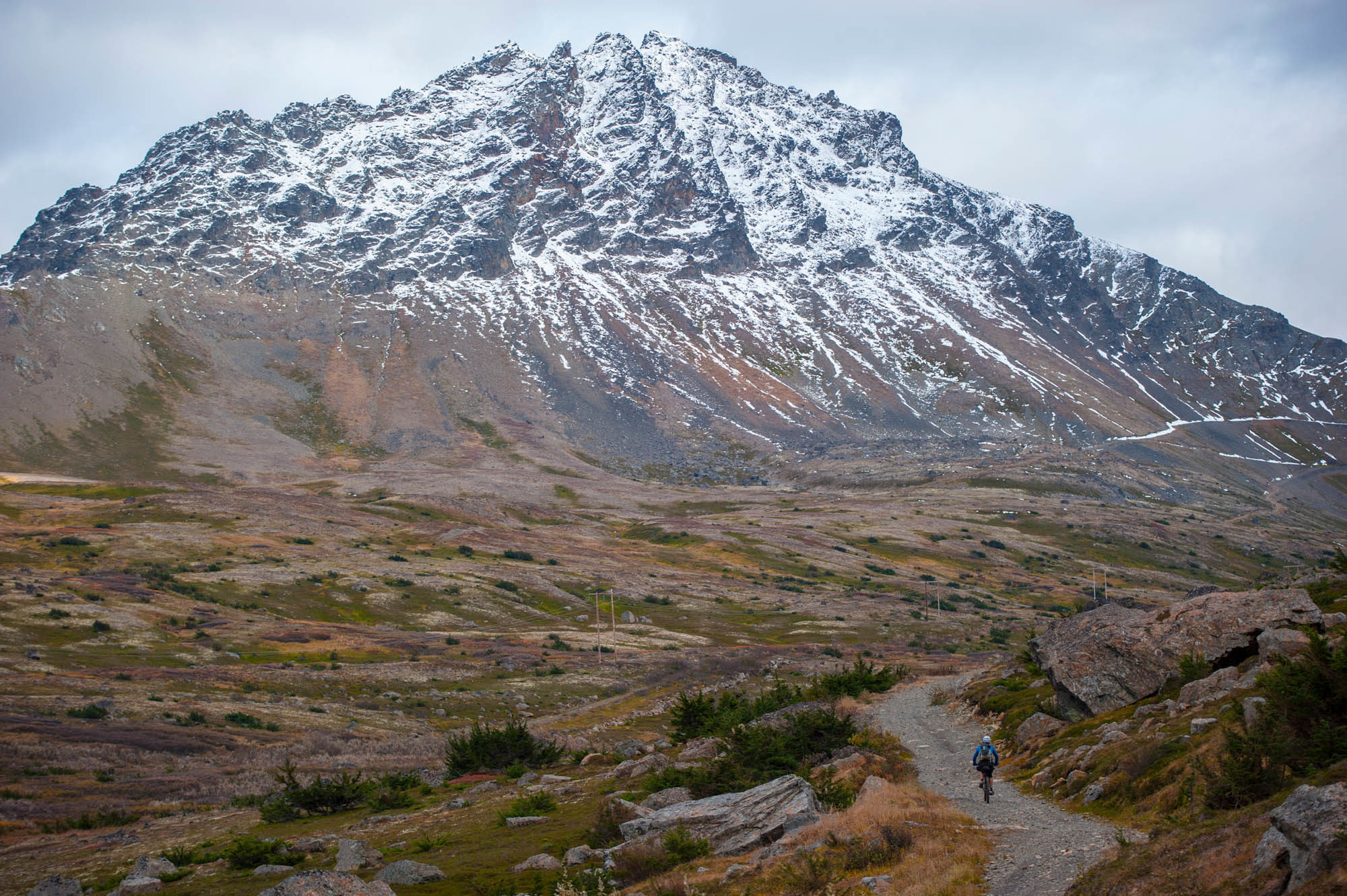
Do you think the growth of bikepacking is a bubble or trend?
As an activity, it’s here to stay. Bikepacking has opened up a whole new world of opportunity for what people can do with their bikes, and that’s only going to keep growing. It’s really made touring accessible to everyone with curiosity and ambition. It’s the whole package of knowledge of routes, packing knowledge, and gear. Kudos to BIKEPACKING.com for being such an amazing resource for people getting into it!
Do you think popularity of bikepacking gear is partly due to bags catching on for non-bikepackers, like commuters and trail riders?
To some extent, yes. Pieces like frame bags and cockpit bags have huge cross appeal to anyone riding a bike. It just so happens you can put your coffee mug in your Mountain Feedbag for your commute, or use them to race the Tour Divide (and still put your gas station coffee into). So, the everyday rider is benefiting from more bag options with the growth of bikepacking. Frame bags make so much sense for just about everything, and that’s really an aspect of the business that I love.
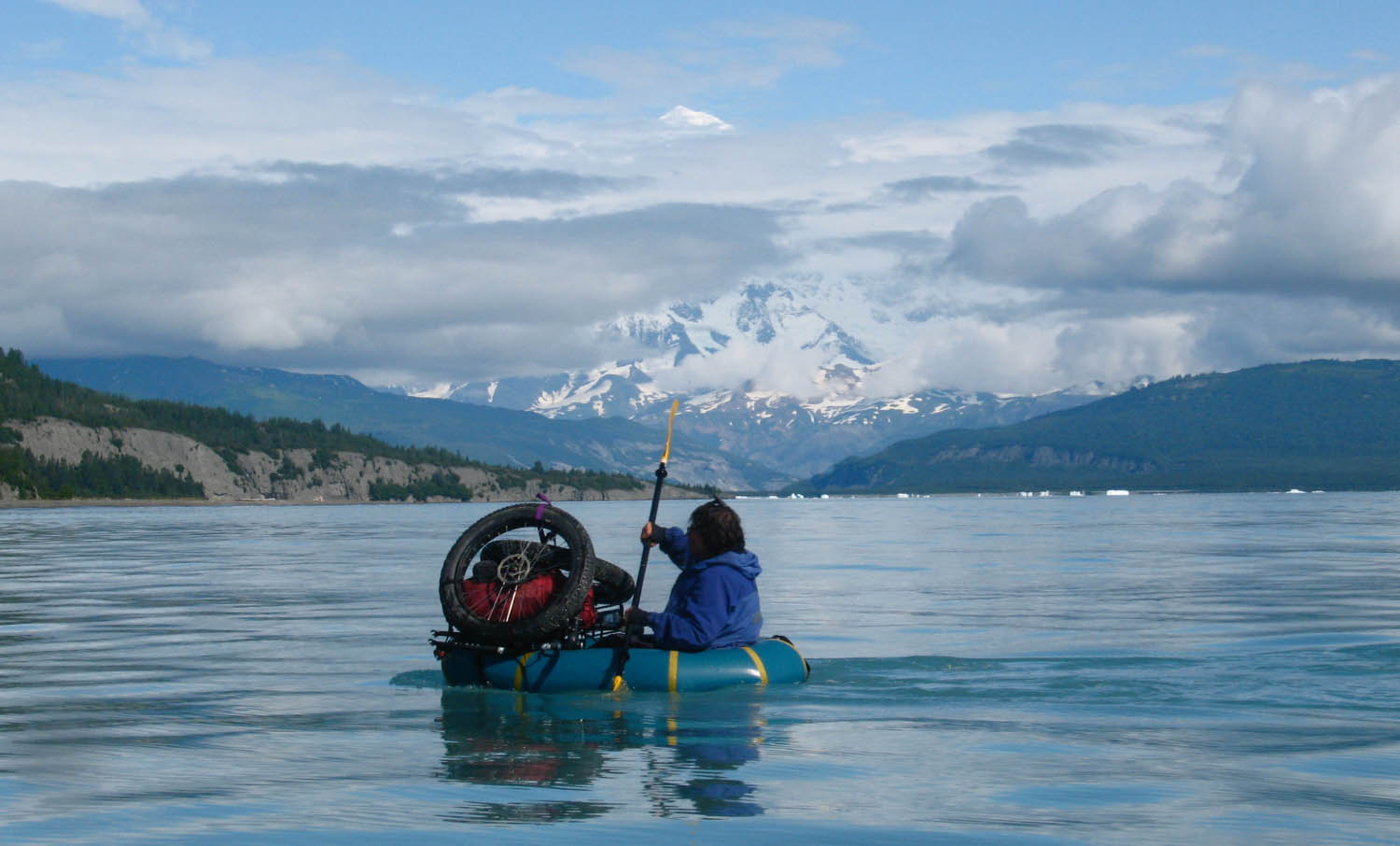
From your perspective, where do you see it growing today? In what specific disciplines?
I see two big areas of growth. One is really where bikepacking has its roots: among trail bike riders, where you want to ride a full-suspension bike on technical trails and just keep going and going. For that, the big thing is people learning to go as minimalist as possible, as the more crap you bring, the less enjoyable the riding is, to say nothing about not having space on the bike to put it. There’s a steeper learning curve than a dirt road route riding a hardtail with lots more storage space.
The other is basically the ease of road and gravel lightweight touring that has opened up with bikepacking gear. With just a seat bag, and maybe a half frame bag, you can carry a change of clothes and do credit card trips where you’re staying in a room every night. It has huge appeal to people who aren’t mountain bikers, and maybe don’t want to camp, but want to tour, cover big miles every day, and enjoy themselves.
What do you think needs to happen in order to sustain the recent growth, and to ensure that bikepacking stands the test of time, in both the industry and culture?
This is currently a very big deal that needs to be taken seriously. Most [US] bikepacking routes cover a lot of ground on federally owned public lands. If we lose the right to access those lands, we lose entire routes, or have to figure out big workarounds. We can’t take our public lands for granted any more. One only needs to look at the Trump administration’s intentions and record on public land issues to figure out it’s bad policy for bikepacking. Advocating for the conservation of public lands is paramount. Many riders are getting into bikepacking already have backcountry skills honed from backpacking. However, some are really getting out there for the first time. We need to make sure basic ethics such as leave no trace and following rules (closures, permits, etc.) for certain areas are respected, so that we make a good name for ourselves as backcountry bikers.
What’s the most popular product that Revelate makes?
The cockpit bags: Mag-Tank, Mountain feedbag, etc. A close second are the Tangles and Terrapin.
Lastly, do you have anything new up your sleeve that you’d like to tease?
Well, we have a lot coming up later this year and into the spring, for sure. New lines, new systems, new fabrics. It’s going to be awesome.
P.S. I just want to say thank you to send a sincere thank you to the bikepacking community, Logan and BIKEPACKING.com, and everyone who has supported this wild journey so far. We love what we do at Revelate, are passionate about it, and will keep trying to advance bikepacking in as many ways as we can.

Please keep the conversation civil, constructive, and inclusive, or your comment will be removed.






